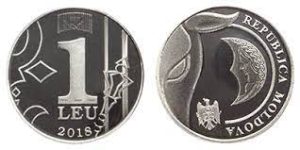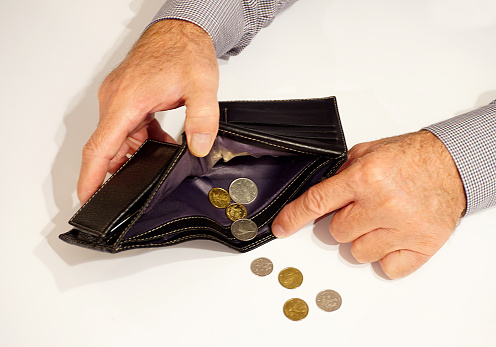Introduction
The development of coinage has been a fascinating journey, characterized by innovation, technology, and changes in economic paradigms within the dynamic realm of global banking. The introduction of new coins is examined in this article along with its historical background, technical developments, and effects on economies and cultures throughout the world. The idea of money has evolved significantly from ancient metal coins to contemporary digital currencies.
Historical Context of Coins
The use of coins as money has a long and illustrious history that dates back to prehistoric times. The earliest metallic coins are generally attributed to the Lydians in the 7th century BCE. Electrum is a naturally occurring combination of silver and gold. The transition from barter systems to standardized forms of currency was marked by these early coins, which promoted commerce and streamlined transactions.
Many societies have produced coins over the ages using a variety of metals, shapes, and patterns. For instance, the Roman Empire created a wide variety of coins with detailed engravings that demonstrated the authority and importance of the empire. Coins were a major factor in the development of economic systems as economies and the idea of money changed together.
The Advent of Paper Currency
A notable divergence from conventional metallic currencies was the advent of paper money, even if metal coins continued to be a common means of payment. The Tang Dynasty (618–907 CE) saw the introduction of paper money by the Chinese, who also used banknotes for the first time in history. Paper money was first introduced to the Middle East and Europe gradually, offering a more convenient and effective way to carry out major transactions.
The Gold Standard and Fiat Currency
The gold standard, a monetary system where the value of a nation’s currency was directly connected to a specified quantity of gold, was established in the late 19th and early 20th centuries. This system had drawbacks, including as restrictions on monetary policy during recessions, but it also offered security and stability in global commerce.


The shift to fiat currency occurred in the middle of the 20th century, when the value of money is determined by the pronouncement of the government and the confidence of its users rather than by actual assets. This change made monetary policy more flexible and allowed central banks to react to economic difficulties more skillfully. Coins and banknotes, which symbolize fiat currencies, grew to be the most common type of money in use.
Technological Advances in Coinage
The world of cash saw radical transformations with the arrival of the digital era. Coins’ security features were strengthened by technological advancements in minting techniques, increasing their resistance against counterfeiting. Modern coins are more genuine and durable because to the use of sophisticated metals, holograms, and microprinting.
The conventional idea of physical coins was challenged by the rise in popularity of digital transactions and electronic payment systems. The introduction of digital currencies, mobile wallets, and contactless payments brought ease, speed, and security to the way individuals transacted.
Cryptocurrencies and the Rise of Digital Coins
The notion of money underwent a transformation with the rise of cryptocurrencies, spearheaded by Bitcoin in 2009. Cryptocurrencies, as opposed to conventional coins or fiat money, function through decentralized blockchain technology, which offers a safe and open ledger for transactions. Cryptocurrencies such as Bitcoin, Ethereum, and several others have become popular as a means of exchange, investment, and even as a store of wealth.
The Rise of Non-Fungible Tokens (NFTs)
Blockchain technology is used by NFTs, which are frequently connected to digital collectibles, music, and art, to confirm the legitimacy and ownership of digital assets. NFTs are a new kind of digital ownership that challenge conventional ideas of value and ownership, even if they are not standard coins in the physical sense.


Conclusion
The transition of coins from antiquated metal money to contemporary digital tokens is a noteworthy chapter in the history of finance. The future of money will be largely determined by the creation of new coins, both digital and physical, as technology breakthroughs continue to change the financial environment. Money’s story will be shaped by the interaction of security and convenience, innovation and tradition, ensuring that it continues to be a flexible and dynamic force in the world economy. Coins, whether they are formed of metal, printed on paper, or exist as characters on a blockchain, will always represent the essence of exchange, value, and economic advancement.





